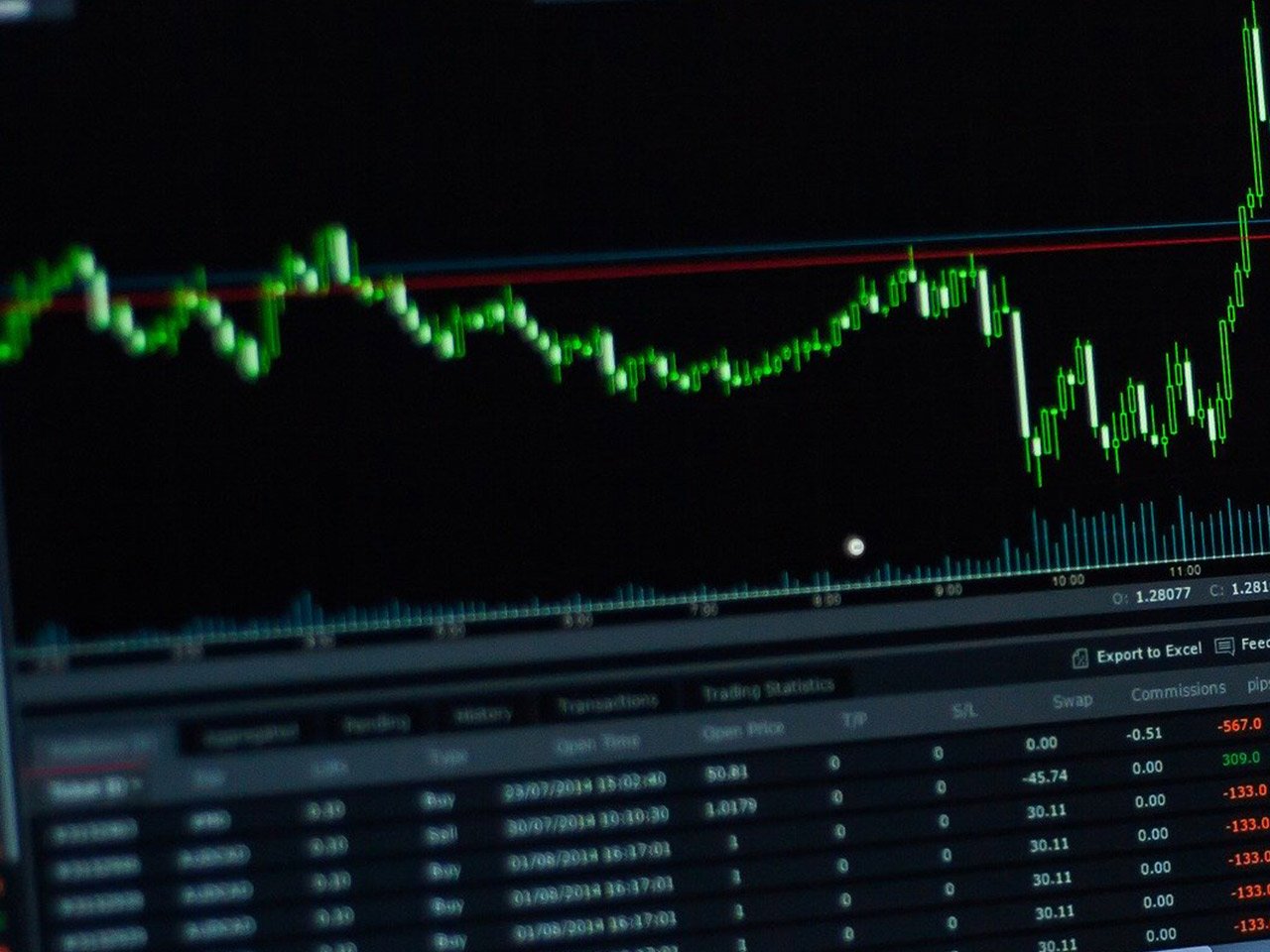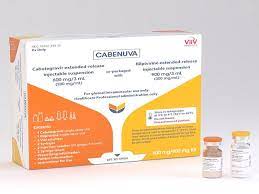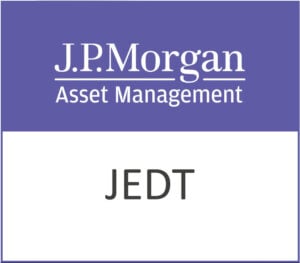Pfizer, Inc. (NYSE: PFE), a stalwart in the healthcare sector, has long been a powerhouse in the drug manufacturing industry. With a market capitalization of $133.55 billion, Pfizer is a prominent player in the United States and globally, thanks to its extensive portfolio of biopharmaceutical products. As investors eye the stock for potential gains, several financial metrics and market conditions highlight both opportunities and risks associated with Pfizer’s shares.
Currently trading at $23.49, Pfizer’s stock has seen a modest price change of 0.20 (0.01%) and sits within a 52-week range from $21.59 to $30.19. This price trajectory offers a glimpse into the stock’s volatility and potential recovery path. Analysts remain cautiously optimistic about Pfizer’s future, with an average target price of $28.67, suggesting a potential upside of 22.06%. This projection is backed by a mix of eight buy ratings, 15 hold ratings, and just one sell rating, indicating a generally favorable outlook among analysts.
Investors are keenly observing Pfizer’s valuation metrics. While the trailing P/E ratio is unavailable, the forward P/E ratio is a compelling 7.62, which may imply undervaluation compared to industry peers. However, the lack of other valuation metrics like PEG, Price/Book, and Price/Sales ratios requires investors to dig deeper into the company’s fundamentals and market positioning.
Performance-wise, Pfizer faces challenges, particularly with a revenue growth decline of 7.80%. Despite this, the company boasts a positive EPS of 1.38 and a respectable return on equity of 8.62%. Perhaps most notably, Pfizer’s free cash flow stands strong at over $15 billion, providing a robust financial cushion and the potential for strategic investments or shareholder returns.
A significant draw for income-focused investors is Pfizer’s dividend yield, which stands at an attractive 7.32%. However, the payout ratio of 122.46% raises sustainability concerns, as it suggests the company is paying out more in dividends than it earns in net income. This discrepancy might be a red flag for some investors, prompting them to assess the company’s long-term dividend policy and financial health.
From a technical perspective, Pfizer’s stock is navigating a challenging terrain. The 50-day moving average of $24.30 and the 200-day moving average of $25.31 indicate short-term price pressures, while the RSI of 37.65 suggests the stock is approaching oversold territory. Moreover, the MACD of -0.18 and the signal line of 0.04 reflect bearish momentum, which could influence short-term trading strategies.
Pfizer’s extensive product offerings across therapeutic areas, including vaccines like Comirnaty and treatments such as Paxlovid, play a crucial role in its market strategy. Strategic collaborations with companies like Bristol-Myers Squibb and BioNTech SE further bolster its research and development capabilities, offering potential for future growth and innovation.
For investors, Pfizer represents a blend of opportunity and caution. The potential upside and robust dividend yield provide compelling reasons to consider the stock, while the current financial performance and technical indicators call for careful analysis. As the healthcare industry evolves, Pfizer’s ability to adapt and innovate will be key to its success in delivering shareholder value.













































